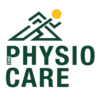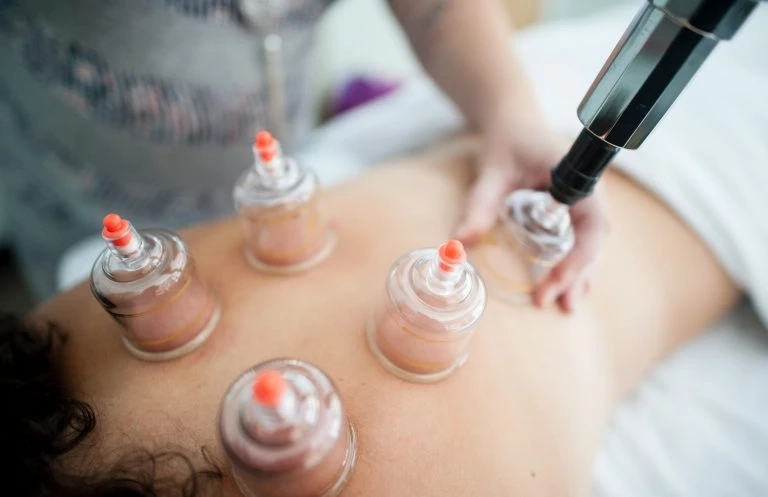Cupping is an ancient healing therapy that some people use to ease the pain. A provider places cups on your back, stomach, arms, legs, or other parts of your body. Inside the cup, a vacuum or suction force pulls the skin upward.
Cupping is a form of traditional Chinese and Middle Eastern medicine. People have practiced cupping therapy for thousands of years.
How does cupping work?
Experts are still exploring how cupping eases pain and disease symptoms. There isn’t a lot of research on the therapy.
Suction from cupping draws fluid into the treated area. This suction force expands and breaks open tiny blood vessels (capillaries) under the skin. Your body treats the cupping area like an injury. It sends more blood to the area to stimulate the natural healing process. Some people theorize that cupping clears the pores and releases toxins.
Who performs cupping?
A variety of professionals can receive training to perform cupping, including:
Acupuncturists.Chiropractors.Massage therapists.Medical doctors.Physical therapists.What does cupping treat?
People mostly use cupping to relieve conditions that cause pain. Some people say it also helps with chronic (ongoing) health issues. Cupping may ease symptoms of:
Arthritis, including rheumatoid arthritis.Back pain, neck pain, knee pain, and shoulder pain.Breathing problems, such as asthma.Carpal tunnel syndrome.Gastrointestinal disorders, such as irritable bowel disease (IBD).Headaches and migraines.High blood pressure (hypertension).What are the types of cups?
Most providers use glass or plastic cups, but cups may be:
Bamboo.Ceramic.Metal.Silicone.How is cupping performed?
There are different ways to perform cupping. The steps vary slightly depending on the chosen method. Your provider will leave the cups in place for several minutes. Some treatments involve briefly moving the cups to stretch and massage the area.
Depending on the treatment, your provider may place multiple cups on your skin. Cupping methods include:
Dry: Your provider heats the inside of each cup — typically with an alcohol-soaked cotton ball that is set aflame. The heat sends oxygen out of the cup, creating a vacuum. Some providers use a suction device to remove air from cups. Once placed on your skin, the vacuum force pulls the skin up into the cup.Wet: Your provider uses a needle to lightly puncture your skin before, and sometimes after, cupping. Toxins leave the body through the puncture wounds during the cupping procedure.What should I expect after cupping?
The suction force from cupping breaks opens tiny blood vessels under the skin. You will have round bruise-like marks that fade in a week or two.
0



